Sound played an important role in helping weave all the story strands together
Apple TV+ drama Prime Target follows a post-graduate mathematics student as he discovers an effort being made to destroy his work in finding a pattern in prime numbers.
It was mixed in Dolby Atmos HE using ProTools Ultimate on an Avid S6 mixing console at Formosa Bateman.
Formosa Group re-recording mixers, Howard Bargroff and Mark Timms and dialogue & ADR editor Jamie Roden worked closely with director Brady Hood to portray the locations authentically and in detail, enhancing character engagement.
Prime Target has a multilayered and detailed storyline, which the sound played such an important role in helping weave all the story strands together.
Before shooting began, the Formosa Group sound post team held production meetings to discuss the locations, which would be real locations, not sets.
Roden spoke with sound location recordist Simon Byshee about the microphones, placements and coverage for multi-camera shooting. During the first week of the shoot, a comprehensive test of the sound turnover was conducted to ensure location sound rushes were accurately relinked, and that no metadata had been lost during the ingest process into the Avid.
The sound team also hired a native Baghdadi resident to record the environmental atmosphere in the actual locations depicted in the series, which were not physically shot in. This helped to achieve a level of authenticity that was part of the director and producers’ sound brief.
In a specific sequence, the character Taylah is meticulously analysing a phone voicemail. Bargroff, Timms and Roden collaborated with sound FX editor, Peter Warnock and added a hidden sound element that the character could uncover within what appeared to be an ordinary voicemail.
After several revisions, they had a concept that everyone was pleased with. The audio elements were presented to the cutting room, who re-edited the sequence driven by the sound design. Additionally, they provided the same audio to the VFX team, along with sonograms illustrating the layers of sound within the audio. This information enabled the VFX team to create a visual representation that aligned perfectly with the sound design.
Throughout the series, there’s a lot of on-computer-screen elements that all required its own audio grammar. Bargroff, Timms, Roden and Warnock had great fun getting this bedded into reality whilst still telling the story.
The progress made by developers in noise reduction plugins over the past two years has been phenomenal and thanks to these remarkable advancements, the sound team could recover a higher quality of location dialogue, allowing more time to be spent on other creative sound elements.
Bargroff, Timms and Roden used the time in sound post to be highly creative, overcome any challenges and elevate the soundscape, resulting in a collaborative and engaging team effort. Bargroff commented that the series was, ‘a great team effort. We had a ball in the mix with Brady. He had a very clear vision as to where he wanted the project to go on every level from sound to music to picture.’


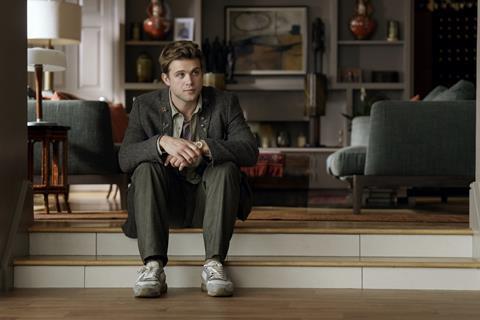
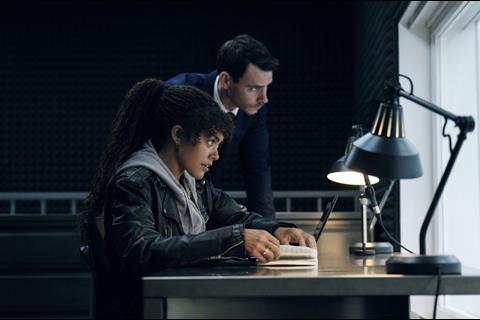
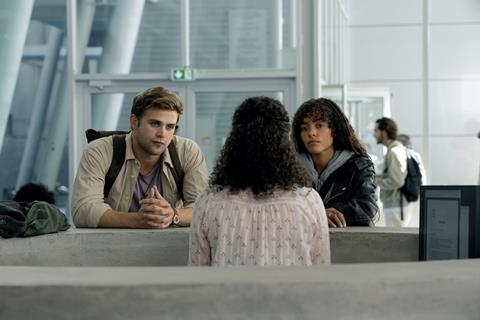
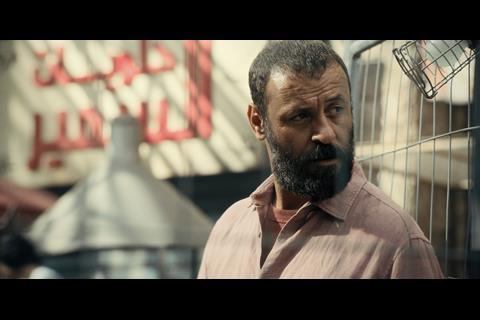


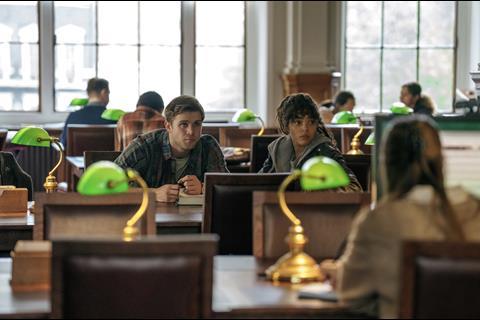






No comments yet